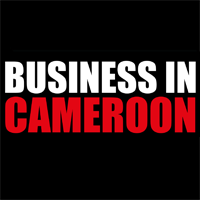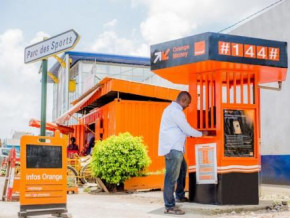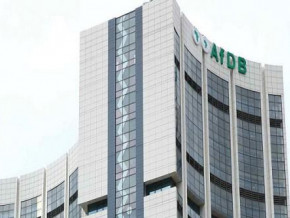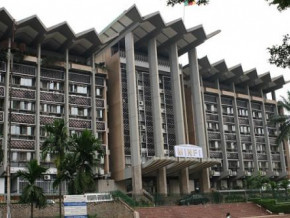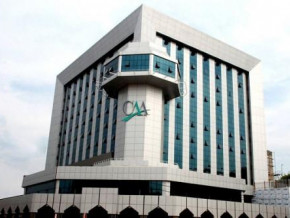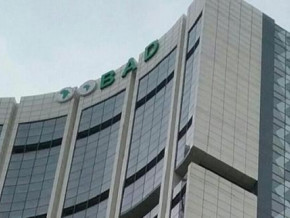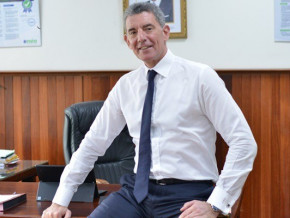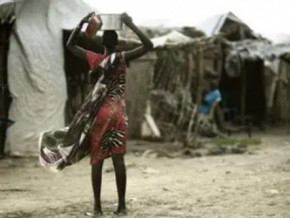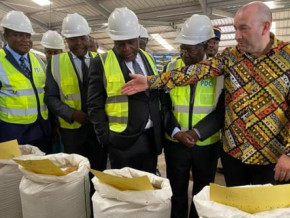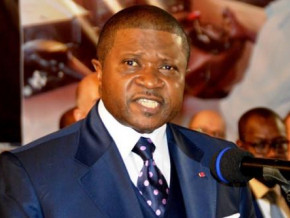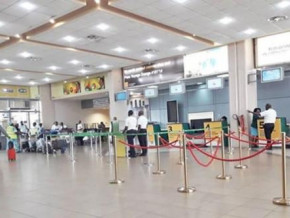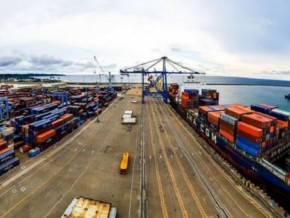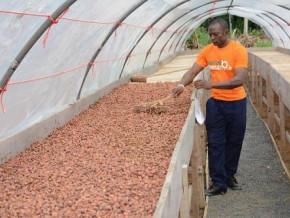
Cameroon: study finds environmental compensation for Mbalam iron project insufficient
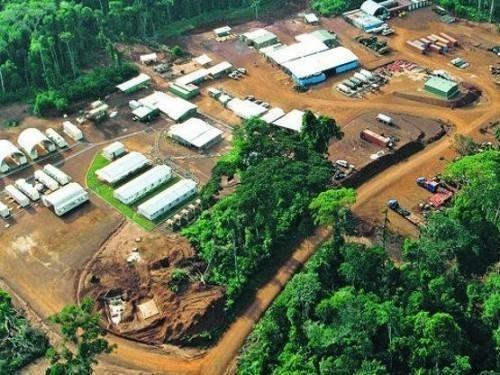
(Business in Cameroon) - A study commissioned by the Cameroonian coalition “Publiez Ce que Vous Payez” (“Publish What You Pay”) and supported by the Natural Resources Governance Institute, highlighted the fact that, although the small Australian mining company, Sundance Resources, has paid out environmental compensations as a part of its iron mining project in Mbalam should be encouraged, it remains inadequate relative to African standards and does not stand up to in-depth analysis.
In its environmental impact study published in 2010, Cam Iron, the Australian company’s Cameroonian subsidiary indicated, “The Mbalam project will produce around 17 million tonnes of CO2 over the project’s duration. The project will not be neutral in carbon, but the Forestry Development Unit’s proposal to protect 10034 with 164,000 hectares of intact forest to protect a carbon well of 200 million tonnes of CO2.”
James Atworth, the independent expert who did the compensation analysis, illustrates two facts. Firstly, he finds that the environmental footprint was minimised as the study did not take into account the need to build a new hydro-electric dam in the second phase of the project. Mr Atworth also points out that obtaining protection for woodland estimated to be worth 200 million tonnes of CO2 is not necessarily a solution for compensation. “The idea that using UFA 10-034 would put everything in danger except a very small portion of the estimated 200 million tonnes of CO2 in the area is erroneous as UFA’s usage is done selectively,” explained James Atworth.
235 billion FCFA in lost earnings
The second reservation raised about the proposed environmental compensation concerns the amount of financial resources to be used for this purpose. Based on the mining agreement with the government, the Australian company has agreed to pay annual royalties amounting to 4 dollars (around 2,000 FCFA) per hectare and per annum during the production phase, for 160,000 hectares, which is the equivalent of 23.26 million dollars (around 12 billion FCFA) over 25 years.
Mr At worth points out that this amount is far below the 93 million dollars (46.5 billion FCFA) of revenue that would have been made had the protected forests had been commercialised. He especially notes that the negotiation was not made in Cameroon’s best interests as the average cost of carbon compensation is 8.3 dollars (over 4,000 FCFA) per tonne of CO2. Yet, in Australia, where Sundance has its parent company, it is 23 dollars (11,500 FCFA) and large groups have set the virtual price at 40 dollars (20,000 FCFA).
Based on these values, the losses in environmental compensation that Cameroon will sustain in the Mbalam project are around 75% of what it really should be, which is hypothetically a loss of 471.6 million dollars (around 235.5 billion FCFA). A parallel study conducted by the Columbia Centre for Sustainable Investment (CCSI) was stunned by such a small commitment.
“According to our analysis of the fiscal model for the Mbalam iron project’s agreement, although one takes into account the maximum environmental compensation as James Atworth presented it, the impact on the project’s profitability would be only 2 percentage points. The project would continue to have a rate of return of 24% in keeping with his own forecasts and the State’s revenue would be approximately 40% - a figure that falls into the average of several African countries,” commented Nicolas Meannling, the CCSI expert.
The study comes at a time when Cameroon is in the process of revising its mining code. This revision has been strongly influenced by the need to attract investors. Civil society and even some parliamentarians who were present when the study was presented on October 13, 2014 in Yaoundé, the Cameroonian capital, suggest that the revision may not effectively address the issue of environmental compensation.
Idriss Linge
Mags frontpage
- Most read 7 days
- shared 1 month
- read 1 month
